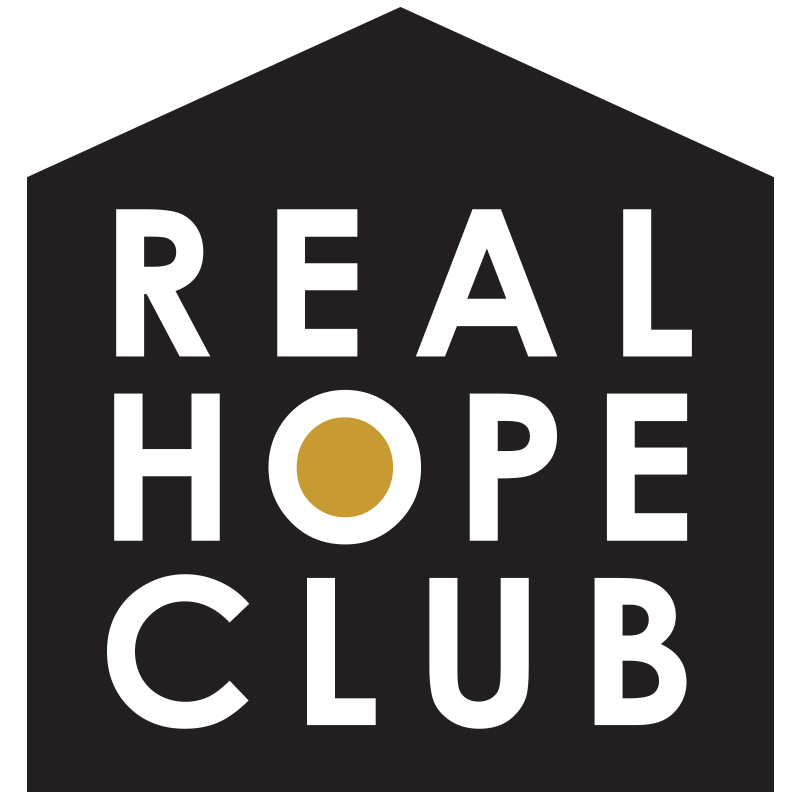


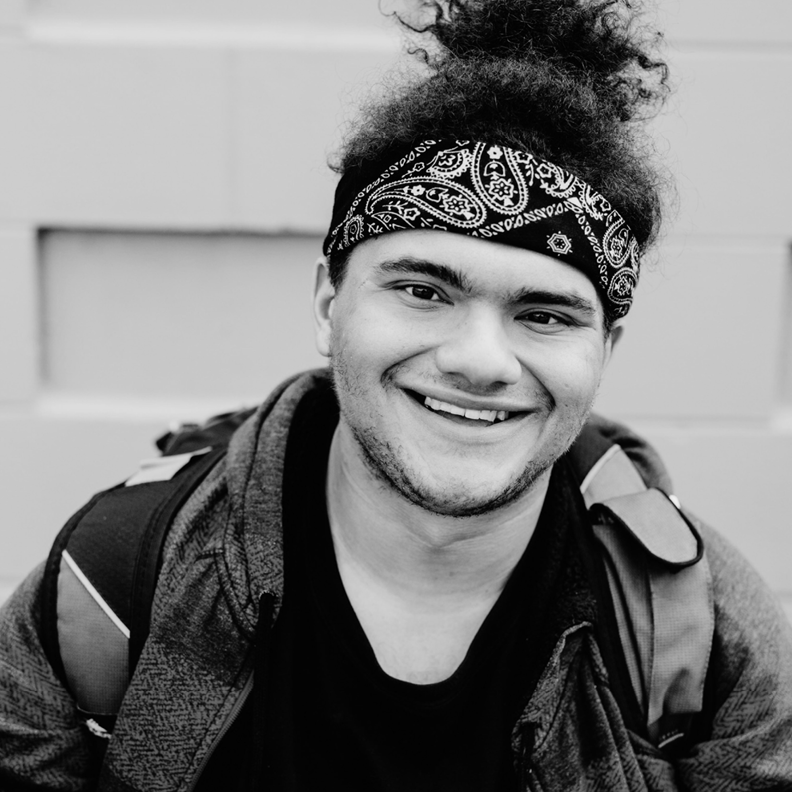
Hundreds of youth are experiencing homelessness in Kitsap and Pierce County.
During the 2018-19 school year…
625 students experienced homelessness in Kitsap County
691 unaccompanied students experienced homelessness in Pierce County
Unaccompanied means these students were not in the physical custody of a parent or guardian. These numbers only reflect youth in school. Data provided by Washington OSPI.
Many of these youth battle depression, isolation, addiction, and trauma.
Often battling to survive just for the day.
46% of youth experiencing homelessness were physically abused at their home. [2] About 80% of homeless youth age 12-21 used drugs or alcohol as a means to self-medicate to deal with traumatic experiences and abuse. [3]
More than one third of homeless youth engage in survival sex to get resources like food, shelter, or protection. 162,000 homeless youth are estimated to be victims of commercial sexual exploitation in the U.S. [2]
Suicide is the leading cause of death among unaccompanied homeless youth 10 to 24 years old in the United States. [4] Over 40% of homeless teens struggle with depression. [5]
But you can offer them a place to find safety, healing, and a home through The Coffee Oasis.
You can offer them a safe and encouraging place to live while they work towards sustainable housing and employment.
You can offer youth healing from trauma and freedom from addiction.
You can offer them the tools and resources they need to thrive.
Since 1997, The Coffee Oasis has offered hope and opportunity to youth 13-25 years old, in Washington state. Thousands of youth have found community and healing through The Coffee Oasis Youth Programs.

“The desert is dry out there, like the streets. And the Coffee Oasis is the oasis. It gives us hope. I’ve seen so many kids come down here who don’t have a lot. If we didn’t have this place, we would all be out on the streets doing nothing.”
– Chance
Chance’s Story
On the streets at age 12. Chance felt the burden of messing up in the past and wrestled to not give in to the hopelessness that once dragged him down.
“My mom, I never really had her to teach me how to live, how to take care of myself. My mom didn’t know how to take care of her kids, though she tried with all the tools she had. I wasn’t allowed to be a kid, do kid things, when I was growing up.” The pain of Chance’s childhood is evident when he speaks. At age 12 he started using and selling hard-core drugs to cope. “I was really going through things. I didn’t really realize they were affecting my mind-set and mentality. And I didn’t realize the drugs I was selling were tearing my community apart.”
When he was 16 Chance moved to Everett in an attempt to escape the drug community and get clean. Unfortunately, he found the same way of life in Everett. It wasn’t long before Chance returned to Kitsap and started fighting a new battle: depression.
Chance didn’t know how to live a different life than one entwined with the streets, with instability and drugs and pain. The last few years had been a tangle of couch surfing, staying with friends, or living on the streets. While growing up he stayed with his mom at shelters. He needed someone to show him a different way of life. Chance remembers his turning point…
“I woke up one day and just was like ‘I want to have clean money. I want to be happy. Drugs don’t make me happy, they just numb me.’”
Eventually, Chance met Lisa in downtown Port Orchard. Lisa was doing outreach to connect homeless youth with community and resources at The Coffee Oasis. Chance responded to Lisa’s invitation. He was finally ready for change. “I never believed in myself before here (The Coffee Oasis). I pretended that I was confident but I wasn’t. They helped me believe in myself.” At first, Chance’s insecurity came out in attitude and rebelliousness at the Oasis Center. He chafed against the rules and against the structured community he deeply wanted. Gradually, he began trust the staff and volunteers. Chance allowed them to get close and they soon became family.
“When I struggle with depression, I think of the people here. I think of Paul, Lisa, Maxine—how they are all here for me. They help me mentally. They really help me believe there’s a future for me.”
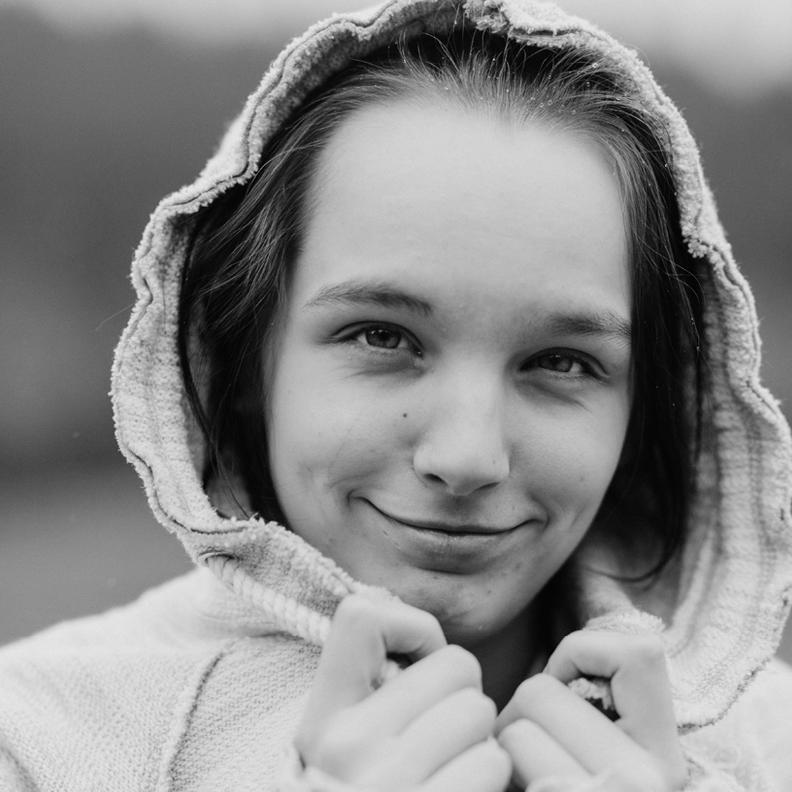
“There was a time when no one was there for me, no one around to help me. The Coffee Oasis has been a really big family to me.”
-Jessie
Jessie’s Story
The weight of being homeless was constant.
“When you are homeless… You don’t have blankets every night. You have to rough it on the concrete in the cold. You don’t always have friends you can go to. That’s the hardest.”
Jessie experienced a lot of instability in her life. She was in foster care for a year as a child, moved several times with her mom, and stayed in a shelter at age 17. But she always had a home. Until the shelter exited her into homelessness at age 18.
Jessie and her boyfriend, Stephen, worked hard to provide a home for their young daughter, Violet. They had income, but working their way up to affording current market rent was daunting…
“People don’t understand how hard it is to get a job, especially when you’re homeless. Even if you could get a job, it’s hard when you don’t know where you’re sleeping that night. Sometimes we have to stay up all night to make sure no one messes with us, and that makes it hard to go to work. Even studio apartments now are $1,000 a month. And you don’t just get a really nice paying job right away.”
Through the Coffee Oasis, Jessie and Stephen were offered guidance, resources, and a community to support them as they faced these challenges.
SOURCES:
1. Washington OSPI.
2. National Network for Youth. “Unaccompanied Youth Fact Sheet.” https://www.nn4youth.org/wp-content/uploads/FactSheet_Unaccompanied_Youth.pdf
3. Greene, J.M., S.T. Ennett, and C.L. Ringwalt. “Substance use among runaway and homeless youth in three national samples.” American Journal of Public Health, 1997.
4. Pediatrics (April 2018) “Emotional Health Among Youth Experiencing Family Homelessness” (Authors: Andrew J. Barnes, Jace Gilbertson, and Debanjana Chatterjee). 141 (4) e20171767; DOI: https://doi.org/10.1542/peds.2017-1767
5. National Health Care for the Homeless Council (December 2017) Suicide and Homelessness: Data trends in suicide and mental health among homeless populations (Author: Brett Poe, Research Associate) Available at: https://nhchc.org/understanding-homelessness/fact-sheets/

